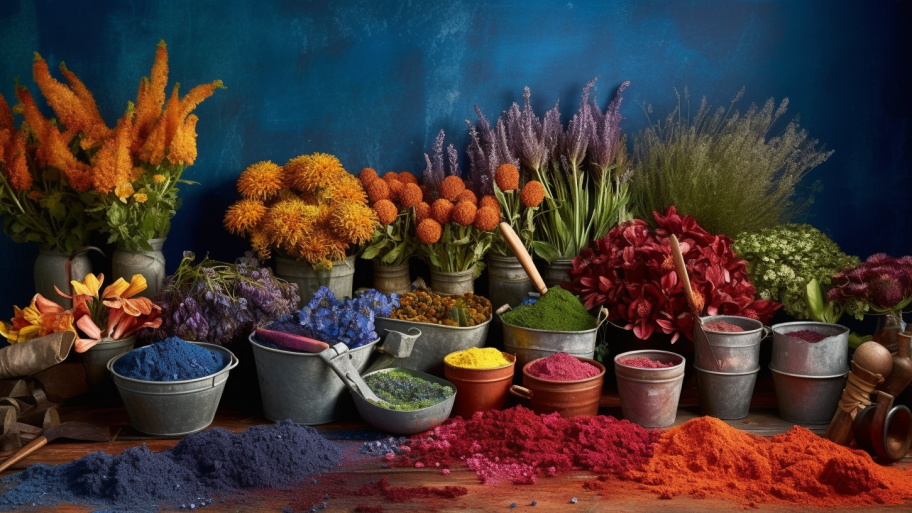During the Middle Ages, the cultivation of medicinal and culinary herbs played a pivotal role in the lives of monks and the communities they served. Monastic gardens were not only places of solace and tranquility but also centers for healing and nourishment. As the primary healthcare providers of their time, monks were responsible for growing and preserving a wide variety of herbs, each with its unique properties and applications.1
The monks were knowledgeable about the healing properties of plants, a wisdom they derived from ancient Greek and Roman texts, as well as their own observations and experiences. Many of the herbs they cultivated were used to treat common ailments, such as digestive issues, respiratory problems, and skin conditions.2 A few examples of commonly grown medicinal herbs in monastic gardens include:
- Calendula (Calendula officinalis) – Often used for its anti-inflammatory and wound-healing properties.
- Chamomile (Matricaria chamomilla) – Known for its calming effects and ability to soothe digestive issues.
- Sage (Salvia officinalis) – Valued for its antimicrobial and astringent qualities, it was frequently used to treat mouth and throat infections.
- Yarrow (Achillea millefolium) – Employed to reduce inflammation, stop bleeding, and alleviate pain.
In addition to their medicinal uses, many of these herbs also found their way into the monastery kitchens, where they were utilized for their culinary properties. Monastic diets, dictated by religious customs and the changing seasons, placed great emphasis on simple, wholesome meals made from locally sourced ingredients. The inclusion of herbs not only enhanced the flavor of their dishes but also provided valuable nutrients and health benefits.3 4 5 Some popular culinary herbs grown in monastic gardens included:
- Parsley (Petroselinum crispum) – Rich in vitamins and minerals, parsley was used as a seasoning and garnish in a variety of dishes.
- Thyme (Thymus vulgaris) – A versatile herb with a robust flavor, thyme was used to season soups, stews, and roasted meats.
- Mint (Mentha spp.) – Known for its refreshing taste and aroma, mint was used in beverages, salads, and desserts.
- Rosemary (Rosmarinus officinalis) – With its pine-like fragrance, rosemary was employed to flavor meats, bread, and other savory dishes.
These medicinal and culinary herbs were vital components of medieval monastic life, providing the monks with essential resources for healthcare and nutrition. The monks’ dedication to cultivating and understanding these plants not only improved their own well-being but also significantly contributed to the broader community’s health and sustenance. In our next article, we will explore the key aspects of medieval garden design, which allowed these essential herbs to thrive and serve their vital purposes.




